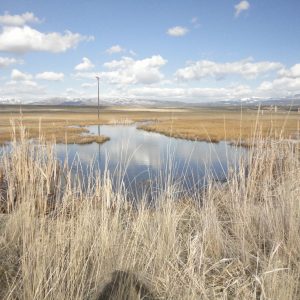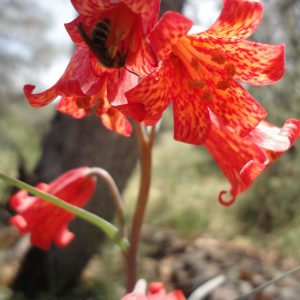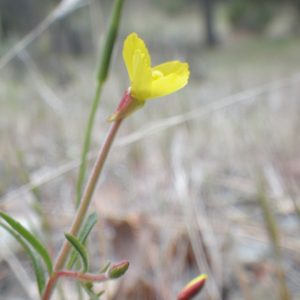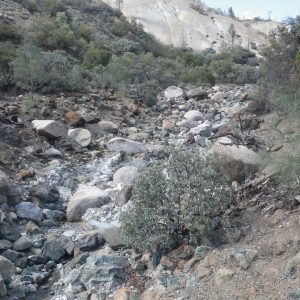Hello everyone, my name is Marc Bliss and I am the CLM intern at the Lockeford, California Plant Material Center. The PMC is owned by the Natural Resource Conservation Service (NRCS), a division of the USDA. At the PMC we grow native plants for the various BLM offices throughout the state for the purposes of habitat restoration, erosion control, rare plant propagation, invasive species control, etc. The majority of my work will be for the Seeds of Success (SOS) program, but I’ll also be helping in the fields and herbarium to propagate other plants.
This has been my first week at the facility, and it has been INCREDIBLY busy in Lockeford. On Tuesday and Wednesday we held an Irrigation Training Workshop for many of the state NRCS engineers who assist local farmers with water efficiency and quality problems. They drove and flew in from all over to learn from the head state engineers how the various systems work and how the farmers use them. We covered our older gravity irrigation system (low pressure) that was used for flood irrigation and furrow irrigation, as well as our new (high pressure) system with a computer-monitored pump for sprinkler systems, small sprayers, and drip irrigation. It was the perfect introduction to my time here, learning how the farm operates and how many commercial farms manage their water resources to grow crops. The most interesting aspect of the PMC is that we’re not growing apricots, alfalfa, or avocados like other farms. Instead, we’re growing native grasses like Sporobolous airoides, Nasella pulchra, and Hordeum jubatum. The “weeds” that we’re pulling are the flowers and bean plants that most people are trying to keep! The seeds or seedlings will then be sent off to whomever requested them, perhaps to be planted in riparian areas to hold down soils, or to recently burned areas to prevent fires in the future.
On my first day I repotted and consolidated 1000 small containers of Tahoe yellow cress (Rorippa subumbellata), which is endemic ONLY to the shorelines of Lake Tahoe to be sent West to help increase population sizes there. It feels great to be part of something bigger than myself and doing some real good in the world, all while learning valuable skills, whether it be native plant identification or the inner workings of commercial farms. Hopefully I’ll be venturing out soon to start seed collections!



































